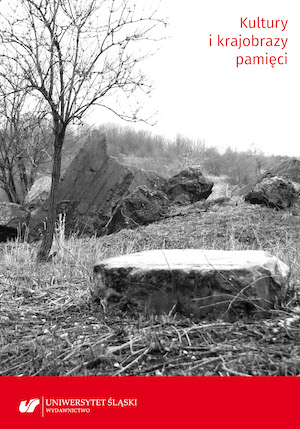Muzealna kresoprzestrzeń na Warmii i Mazurach w kontekście polsko-niemieckim
Museum representation of the lost Eastern Borderlands in Warmia and Masuria in the Polish-German context
Author(s): Magdalena Izabella Sacha
Subject(s): Sociology of Culture
Published by: Wydawnictwo Uniwersytetu Śląskiego
Keywords: Germany and Poland after 1945; East Prussia; Warmia and Masuria; Eastern Borderlands of pre-war Polish Republic; expulsion; museum representation;semiotic analysis;
Summary/Abstract: The purpose of the paper is to compare the museum representation of two expulsion regions: first, East Prussia as the “lost homeland” for many German people who settled in Lower Saxony after 1945; secondly, so-called Eastern Borderlands (Kresy) of the Second Polish Republic as the place of origin for thousands of Poles who, after WWII, settled in former East Prussia, forced away by the German population. In the post-war Lower Saxony, as part of the democratic Federal Republic of Germany, thanks to favorable legal regulations it was possible to present freely the cultural heritage of former German East Prussia. The institution professionally protecting and presenting the material and cultural heritage of this region is the National Museum of East Prussia in Lüneburg. In the meantime, in socialist Poland, the fate of expelled Kresy inhabitants was taboo. The museum presentation was possible only after democratic changes. The structure and meaning of the exhibition “Poles from the Eastern Borderlands in Warmia and Masuria” at the Museum of Warmia and Masuria in Olsztyn in 2012–2017 was shown in the article using the method of semiotic analysis.
Book: Kultury i krajobrazy pamięci
- Page Range: 253-274
- Page Count: 22
- Publication Year: 2020
- Language: Polish
- Content File-PDF

